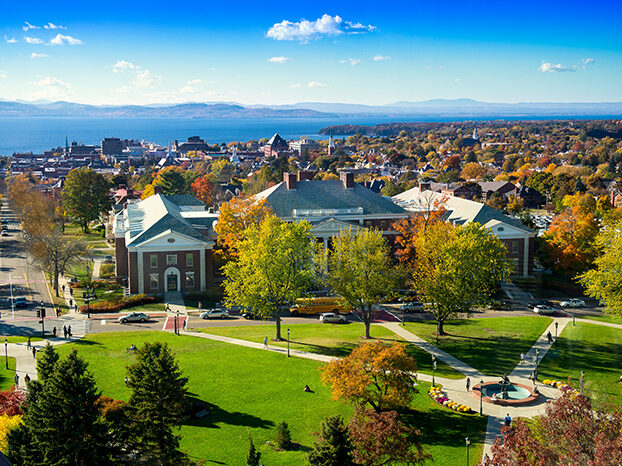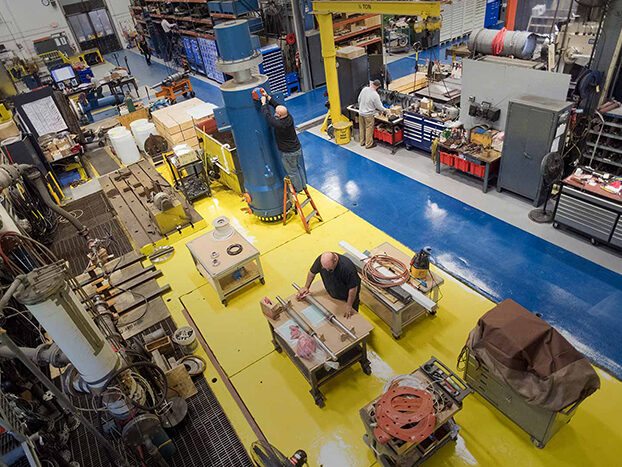Vermont’s Hayward Tyler is providing $5 million in custom-built pump components for the international ITER project’s tokamak cooling water system. ITER is the largest science collaboration in history, involving scientists and engineers from 35 countries, and promises to deliver safe, clean energy through fusion. Unlike fission, which is used in today’s commercial reactors, fusion fuses, rather than splits, atoms and uses the released energy to produce carbon-free electricity.

ORNL’s user facilities offer a diverse set of tools for experiments across a range of fields, including biology, materials and energy sciences, physics, engineering, and chemistry. Learn more about ORNL’s user facilities. Data reflects fiscal year 2020 except for scientific publications, which covers 2016–2020. Partner stories reflect work conducted from 2016 to present.

ORNL is partnering with researchers at the University of Vermont to study the use of 5G signals for examining breaks and cracks in underground water system infrastructure. The process uses a nondestructive method to monitor and evaluate critical infrastructure belowground. Nondestructive methods allow scientists to collect and evaluate data without altering the material in question.

Hayward Tyler is providing $5 million in custom-built pump components for the cooling water system in ITER’s tokamak. The tokamak is the part of the reactor that contains the plasma that powers the reactor. Hayward Tyler has the capability to perform radiation qualification on these components, which is essential to ITER’s success. All piping and components in the cooling water system, which acts as a safeguard, must meet French standards. ORNL manages the US ITER project.
Learn more about fusion research at ORNL.
Listen to ORNL’s Sound of Science podcast episode “Fusion: Energy at the Extreme.”
For more information, contact [email protected].
